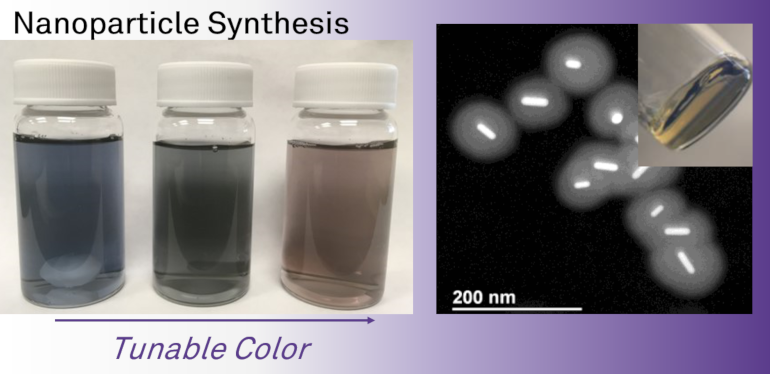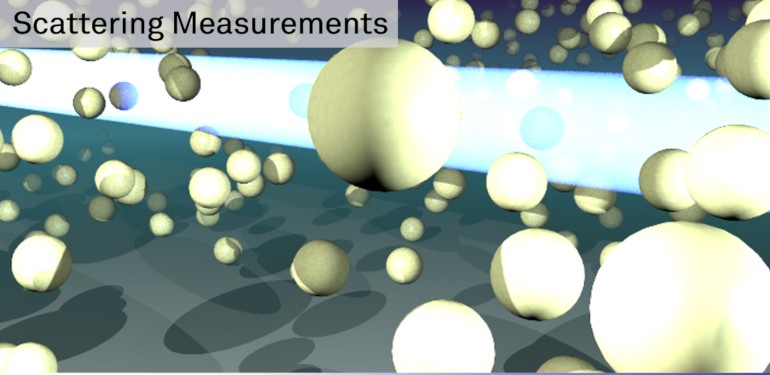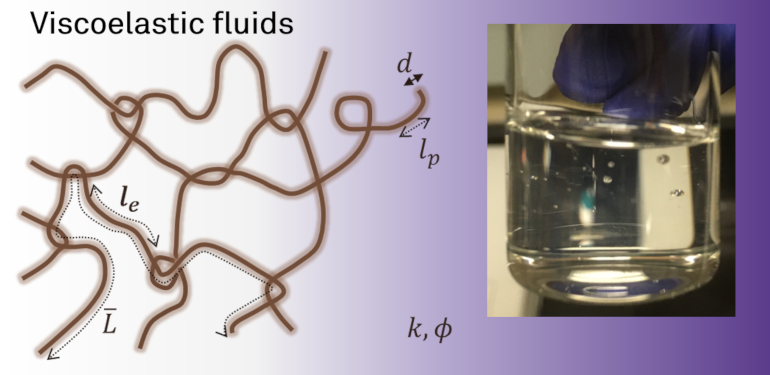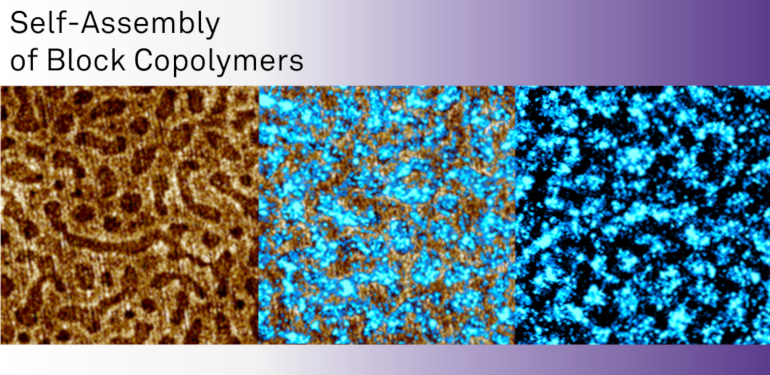Research / Areas of ResearchPolymers and Soft Materials
Soft materials and polymers are ubiquitous in our lives and form the basis of many advances in medicine, sustainability, manufacturing, and clean water access. What makes these materials unique is that their structure and dynamics span multiple length- and time- scales, and these microscopic characteristics can be engineered to control material properties. At Northwestern, researchers seek to discover and exploit these relationships to design materials that improve the performance of technologies that address important societal challenges including lowering the cost of renewable energy generation and storage, generating renewable fuels, circularizing the plastics economy, and creating the next-generation of high-performance composites.
Research Areas
Areas of emphasis for faculty in our department include controlling electronic and ionic transport, enhancing mechanical durability and reprocessability, enabling the next generation of soft robots and flexible electronics, and discovering new material properties and structure-property relationships. These efforts are informed by a deep expertise in synthesis, fabrication, and characterization techniques including small angle scattering, optical microscopy, electrochemical measurements, rheology and mechanics, and simulation.
At Northwestern, the soft matter and polymer research community is vibrant and includes faculty from diverse personal and academic backgrounds. The proximity to Argonne National Laboratory, our strong inter-departmental relationships, and the International Institute for Nanotechnology (IIN) make our department and Northwestern a hub for soft matter and polymer research world-wide.
Faculty
<tdcolspan="2"><tdcolspan="2"> |
Linda BroadbeltThe Broadbelt Lab is developing polyurethanes that can be recycled via simple thermal treatment or from which monomer can be recovered by solvolytic means. |
 |
Wesley BurghardtThe Burghardt lab seeks to understand the dynamics of complex fluids and polymers during flow. |
 |
Jeffrey LopezPolymeric materials for energy storage applications, charge transport in polymer membranes, reactions at electrochemical interfaces, automated experimentation |
 |
Richard LueptowThe Lueptow lab combines modeling, simulation, and experiments to study mixing in granular materials and transport processes in polymeric materials. |
 |
Tobin MarksThe Marks group has chemists and engineers working on waste polymer deconstruction and recycling, solar energy, and efficient hydrocarbon utilization. |
 |
Chad MirkinMirkin explores the enormous parameter space of polyelemental nanoparticles, identifying ones for fuel cells, solar energy, and light emission. |
 |
Monica Olvera de la CruzThe Olvera de la Cruz group develops models to study the self-assembly and structure of amphiphiles, copolymers, and synthetic and biological polyelectrolytes as well as segregation and interface adsorption in multicomponent complex fluids. |
 |
Jeffrey RichardsThe Richards Laboratory studies the properties of soft materials and engineers them for applications including renewable energy storage and new sensors. |
 |
George SchatzSchatz uses molecular dynamics and electronic structure theory methods to describe self-assembly of biopolymers, and polymer mechanical/structural properties. |
 |
Igal SzleiferThe Szliefer group develops molecular models of biointerphases to gain fundamental understanding of the properties of complex molecular systems that encompass problems at the interface between medicine, biology, chemistry, physics and materials science. |
 |
John TorkelsonThe Torkelson group seeks to both understand molecular-scale behavior of polymers to engineer their properties by tuning molecular-scale responses via dynamic chemistry, nanoscale confinement, chain architecture, and novel solid-state processing, among other methods. |
 |
Mitchell WangThe Wang Laboratory uses optics, synthesis, and high-throughput characterization to understand and design polymers for biomaterials and sustainability. |





